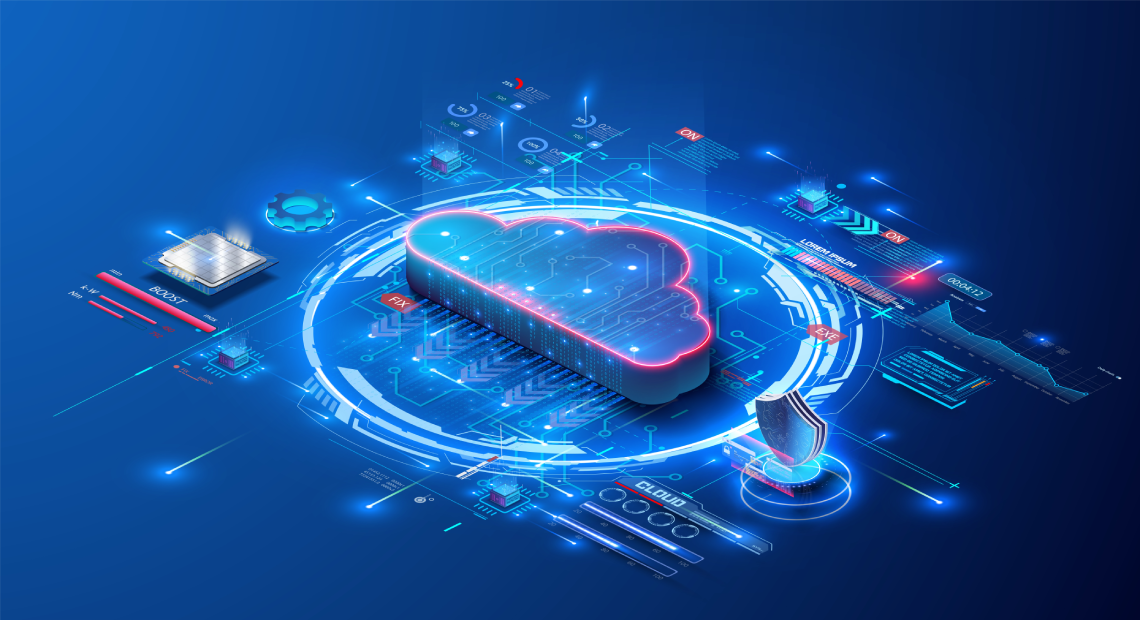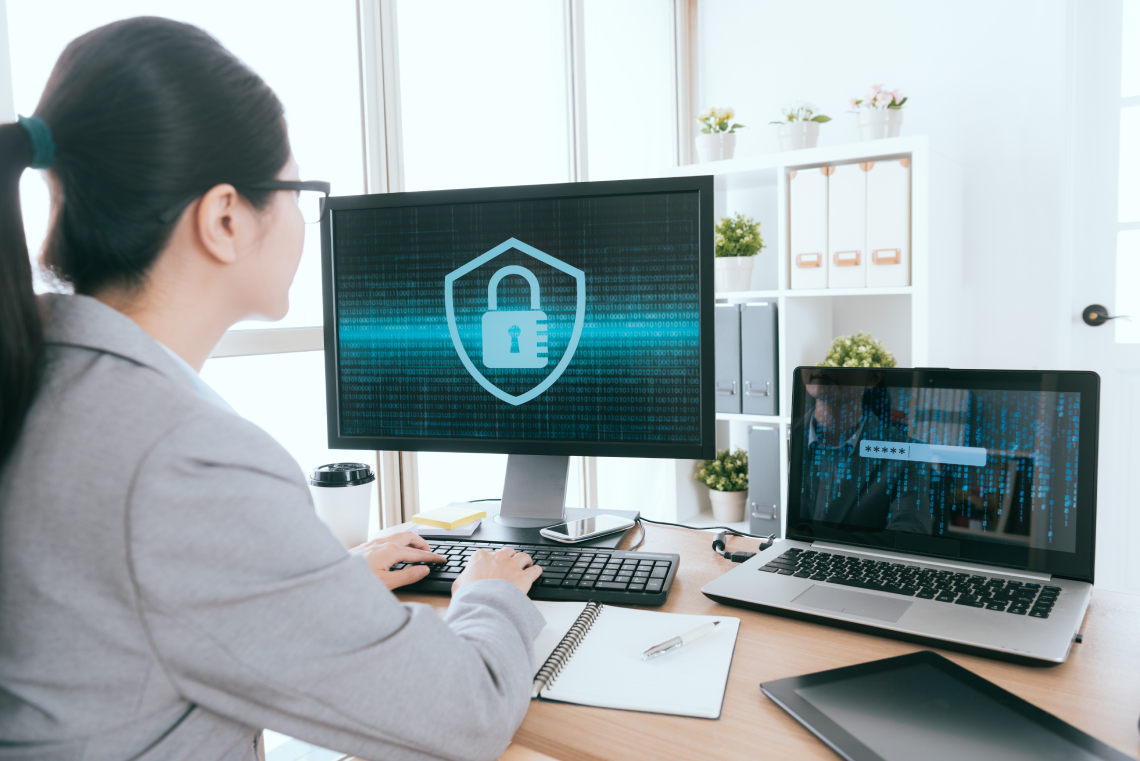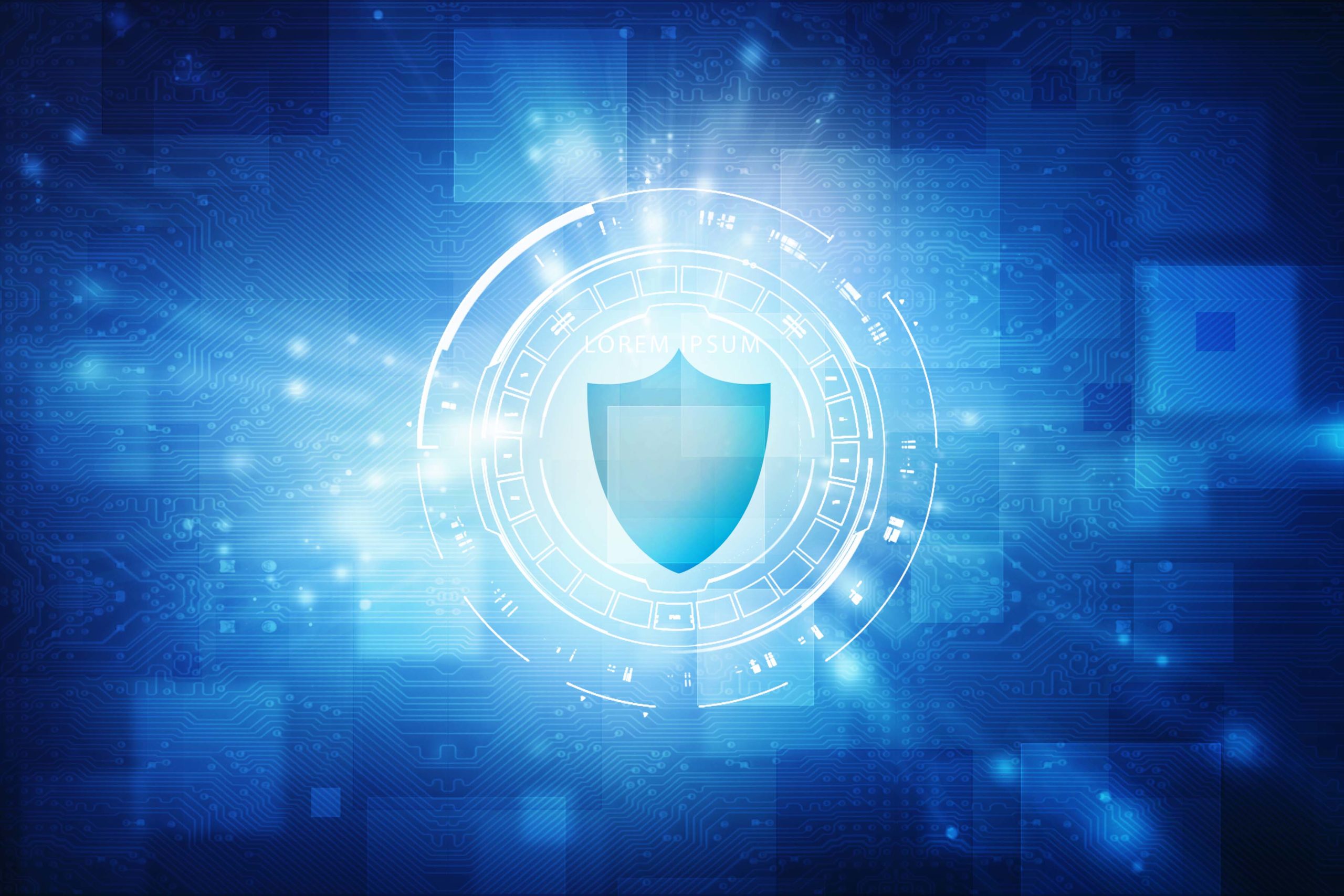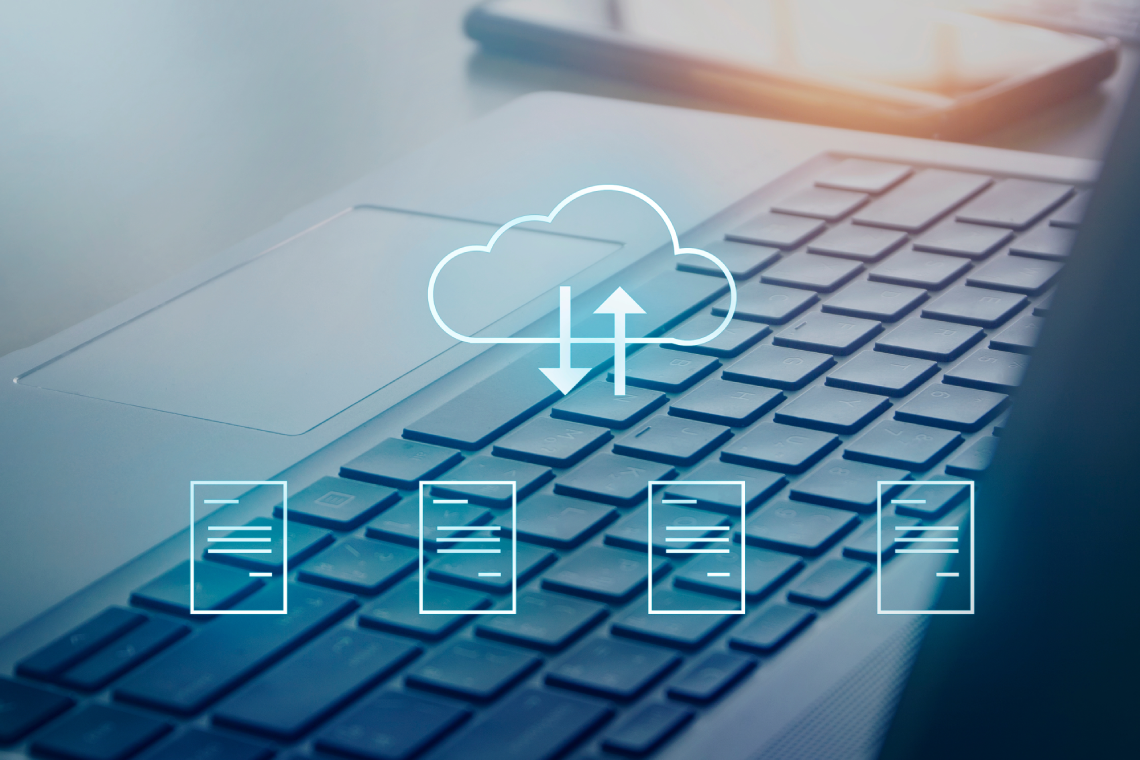In an increasingly digitized, mobile workspace, people are looking to the cloud to facilitate anywhere, anytime access to work documents and files. Cloud file sharing is the process of sharing files over the internet rather than with internal, on-premises hardware and software.
Because the cloud is such a ubiquitous term, it can be difficult to determine how processes like cloud file sharing can and do impact data security. In this article, we will explain how cloud file sharing differs from traditional methods and detail the challenges and benefits of sharing files in the cloud. We will also describe how solutions such as WinZip® Enterprise help streamline and secure cloud-based file sharing.
Cloud file sharing is different from traditional file sharing
A traditional, on-premises data center’s footprint is only as large as the physical hardware itself. On the contrary, the cloud is a vast network of remote servers operating as a single ecosystem.
On-premises servers rely on physical drives to share files. Enterprise-level hard drives can cost thousands of dollars, so both upfront expenditures and equipment upgrades can be costly.
For example, if your files are stored on a 1 TB hard drive, you would have to purchase an additional drive if you exceed the storage parameters. There’s no wiggle room to scale storage capacity up and down in response to changing data volumes.
Cloud file sharing lets users access information over the internet, so there’s no physical components to manage. Infrastructural costs are relatively minimal because your cloud services can scale resources up as the workload increases.
In addition to size and capacity considerations, on-premises file sharing also has different security concerns than that of the cloud.
Traditional data servers rely on your internal IT department to maintain and protect the systems. While this might seem ideal, there is a global shortage of cybersecurity professionals.
The workforce would need to grow 65% to adequately staff every company’s IT team. Until then, the growing workload of updates, patches, security monitoring, and other critical tasks make traditional systems easy targets for cyberattacks.
Cloud service providers (CSPs) operate on a shared responsibility model with the user. This means that the CSP handles some aspects of cloud security, but others are up to you. For example, your baseline security requirements typically relate to what you store, how you store it, and who can access what within the cloud environment.
Challenges with cloud file sharing
Cloud-based file sharing is dynamic. As long as you have a reliable internet connection, you are not restricted to specific places or devices to share files. While this provides easy access and real-time sharing, it can also introduce cybersecurity risks. For example, accessing cloud file sharing through an unsecured network such as public Wi-Fi leaves your sensitive data vulnerable to theft and tampering.
Unencrypted networks allow malicious actors to monitor all activity between the user and server. Hackers can also infect unsecure networks, infiltrating connected devices to spread malware, viruses, and worms.
This is why it’s important to remember that cloud security is a shared responsibility between you and the CSP(s). Otherwise, you leave the door open to costly security risks. Data loss is more than just recovering the value of the files themselves—you could also experience revenue loss, regulatory fines, reputational damage, and more.
While there are many cloud storage and file sharing platforms, they don’t each offer the same level of security for critical business data. Using consumer-level technology leaves you vulnerable to unauthorized access and data loss. When it comes to data security, cloud file sharing needs enhanced security controls, such as the following:
Permission-based user roles. Access controls allow you to control user access based on their job role, project assignment, or other relevant factors. In addition to reducing the risk of unauthorized access, permission-based user roles also increase user accountability because file sharing activity is trackable via audit logs.
Encryption. Encryption scrambles data into an unreadable format that can only be deciphered with the correct password or decryption key. Encrypted cloud services range in scope and services, so it is important to ensure you find one that meets your company’s requirements.
Automated backups and transfers. Enterprise-level cloud solutions often come with features such as backup scheduling. This automated process ensures data backups, audits, and transfers happen when they need to keep information secure.
Cloud file sharing benefits
Companies of all sizes and across all industries use cloud services, including 94% of enterprise-level organizations. In fact, spending on cloud infrastructure surpassed on-premises spending for the first time in 2020.
Enterprise spending on cloud services grew by 35% that year, reaching almost $130 billion. Meanwhile, spending on traditional, on-premises datacenter hardware and software dropped by 6%. This shift to the cloud is in response to its numerous benefits, including:
Accessibility. Whether someone is working from home, at the office, or anywhere in between, they can share files and other digital assets securely with other stakeholders. The cloud also syncs data files across all devices, ensuring that multiple people can work on the same file without creating duplications or other errors.
Cost. On-premises datacenters have upfront and ongoing costs that require ongoing investment and expertise. Because clouds are managed in coordination with the CSP, associated costs are typically more manageable and predictable than unexpected on-premises expenses.
Secure collaboration. Collaboration is key to a team’s success, but unsecured devices and networks increase the risk that the files will be compromised. Enterprise-level cloud file sharing employs encryption and password protection to increase the security of shared files. If an endpoint device (e.g., phone, laptop, tablet) is compromised, cloud services can remotely wipe the data from the device.
Eco-friendly. On-premises data centers consume a lot of energy and could contain substances that are harmful to the environment. Companies that use cloud computing can reduce their carbon footprint while decreasing infrastructure costs at the same time.
Enhance cloud file sharing security with WinZip Enterprise
Despite its obvious advantages, the cloud is not without data security concerns. Different providers offer varying levels of security, and most service agreements lack specific details when it comes to how protections are implemented.
To make your cloud file sharing processes more secure, consider using a solution like WinZip Enterprise. This solution secures and manages files with 128 and 256-bit AES encryption.
WinZip Enterprise gives your IT admins centralized control over the file sharing environment, including granular access controls. It integrates with several leading cloud storage systems and messaging platforms, ensuring that your data is safe across cloud systems.





